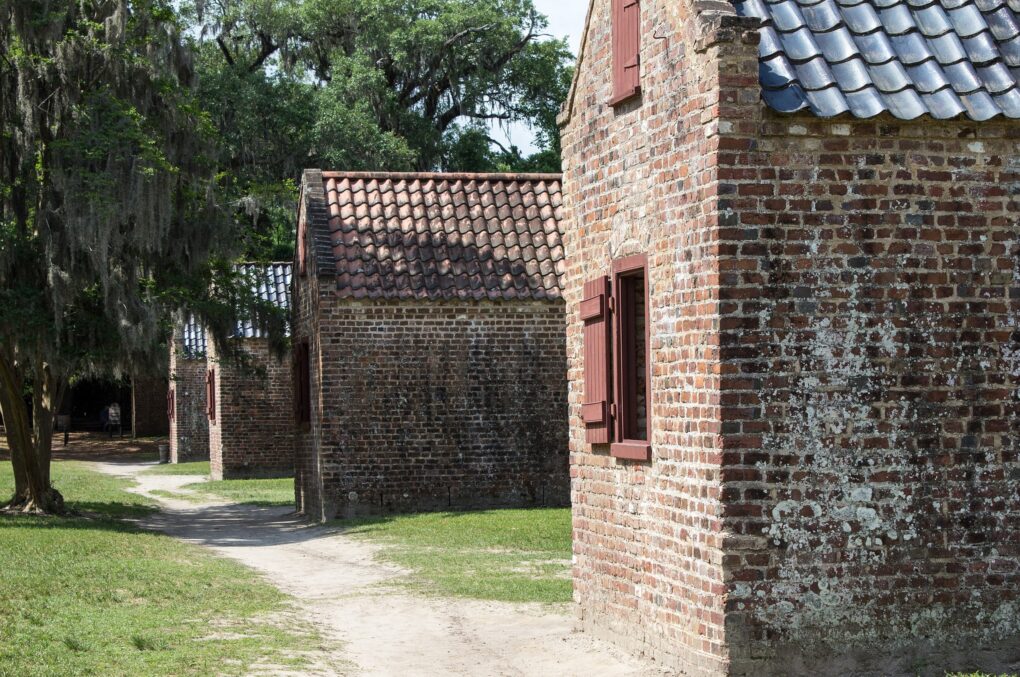A museum dedicated to African Americans was proposed as early as 1915 by black veterans of the U.S. Civil War. Their dream is realized a century later, with the opening of the National Museum of African American History and Culture at the Smithsonian Institution on September 24.
The history of the United States through the eyes of African Americans is reflected in the architectural design. The building has several levels and symbolizes the crown of the West African Yoruban tribe. It is a tribute to the ancestral homeland of many African Americans: that’s where they came to North America on slave ships. And the bronze-colored metal cladding is reminiscent of the metalwork of 19th-century slave masters in Charleston and New Orleans.
The museum is built on National Alley in Washington, D.C., next to the Lincoln Memorial, the site where Martin Luther King, Jr. spoke to 250,000 people in March 1963 at one of the largest pro-human rights rallies in American history.
Historian Lonnie Bunch, the museum’s first director, was interviewed by NBC-4 as the museum was making final preparations for the opening. He said the museum illuminates a crucial part of American history and offers a fresh perspective on what it means to be an American.
“In many ways, African American history, with its resilience of spirit and optimism, is essentially American history,” he said. – The African American experience ensures the integrity of America and makes America live up to its proclaimed ideals.”
Twelve permanent exhibits are located on the museum’s underground and elevated levels. Visitors will be able to travel back in time – to the era of slavery and segregation, then to the 1950s and 1960s, to the civil rights movement – and see the achievements of African Americans in all walks of life.
The size of the new museum also made the rich display possible. There are some 34,000 objects on display in 37,000 square feet of exhibit space. That’s double the size of the nearby Hirshhorn Sculpture Garden Museum.
“Starting on the underground level, visitors will take a journey from slavery to freedom,” says Bunch. – They’ll look at a restored slave shack from South Carolina’s Edisto Island, listen to audio recordings of slavery-era witnesses and see an abolitionist Harriet Tubman psalter (circa 1876). Further featured are a segregationist railroad carriage (circa 1920), a 1940s airplane used to train black pilots during World War II, and a dress sewn in the 1950s by seamstress Rosa Parks, a heroine of the civil rights movement.”
On the upper levels of the museum, visitors will explore collections highlighting the contributions of African Americans to sports, art, science, business, music and literature. Among the most notable exhibits are the trumpet of jazz legend Louis Armstrong, dresses worn by singers Marian Anderson and Ella Fitzgerald, the red Cadillac of rock star Chuck Berry, and memorabilia of prominent athletes Jesse Owens, Muhammad Ali and Venus and Serena Williams.
The past is only part of the story. “The museum also tells a lot about our days and also looks to the future,” Bunch said. – “That’s why its employees are already reflecting on Barack Obama’s presidency, the Black Lives Matter movement and other events and phenomena relevant to African Americans.”
“African American culture has had a great influence in shaping the United States,” Bunch believes. – We want to introduce its richness to the whole world.”

